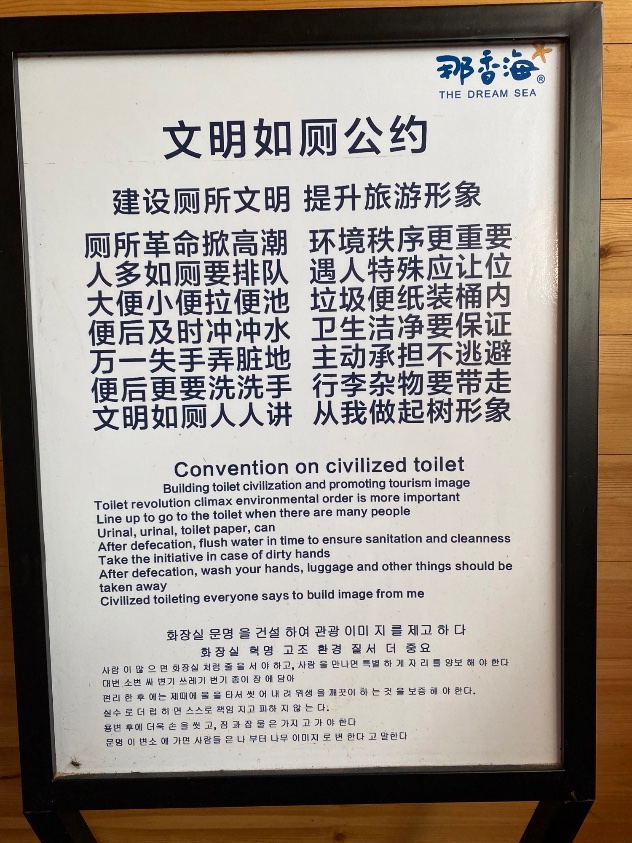Hipster beer names
I'm used to the names of beers-and-such following the pattern <BRAND> <STYLE>, like "Yuengling Golden Pilsner" or "Orval Trappist Ale". Occasionally things get a bit more creative, like "Victory HopDevil" or "Huyghe Delirium Tremens".
But a couple of days ago, in the food court of the Moynihan Train Hall in NYC, I was intrigued by a large ad for selections from Threes Brewing, which has a shop there. The picture below is what I think is the same line-up, copied from their website (click for a bigger version):
That particular array of beverage names, in left-to-right order, is
Fool's Errand, Temporary Identity, Here Ya Go, You People, I Hate Myself, Bad Wallpaper, Crying on the Inside, Logical Conclusion, Beyond the Void, Constant Disappointment, Chronic Myopia, Unreliable Narrator, Unintentional Fallacy.
Read the rest of this entry »




